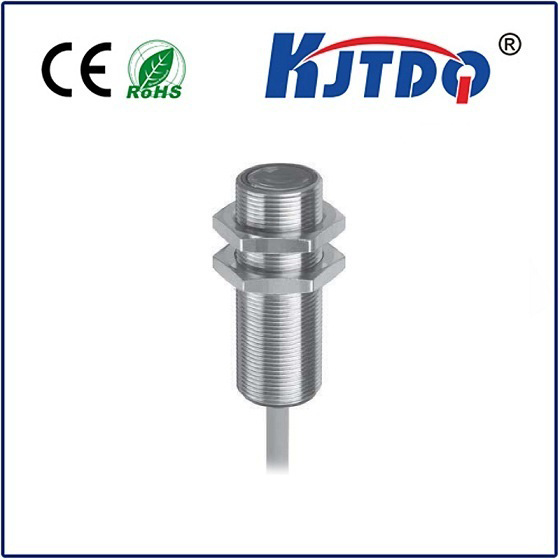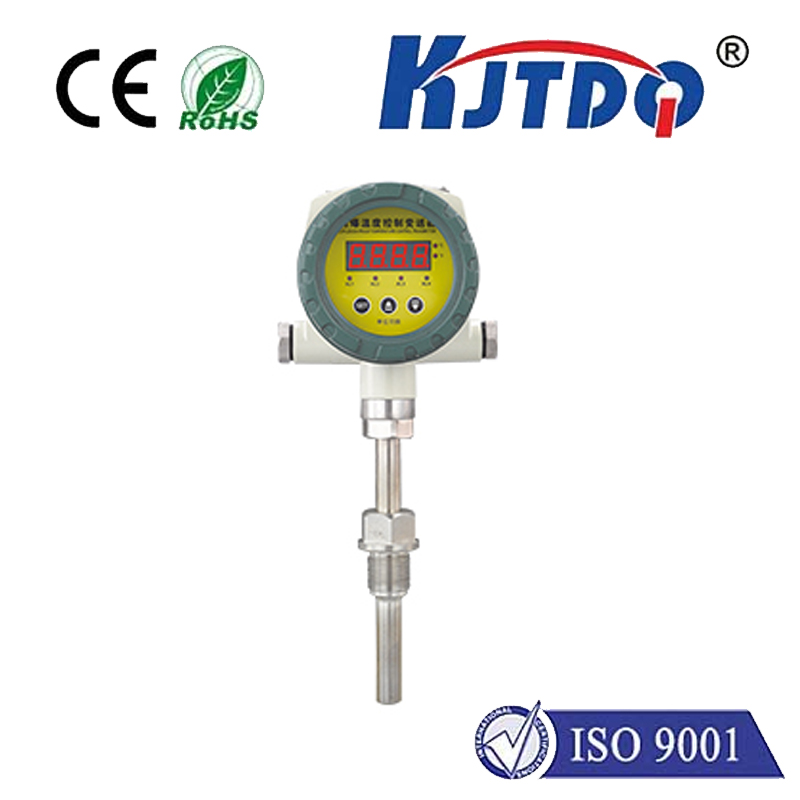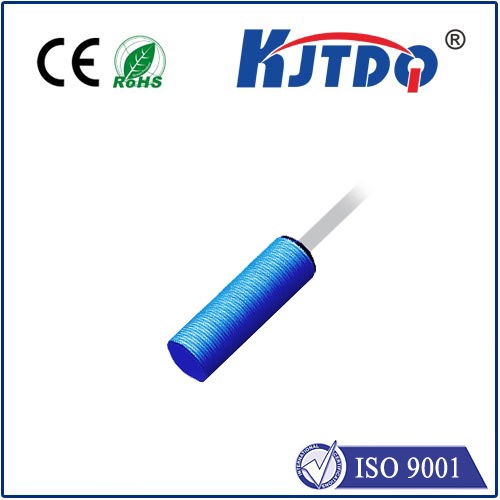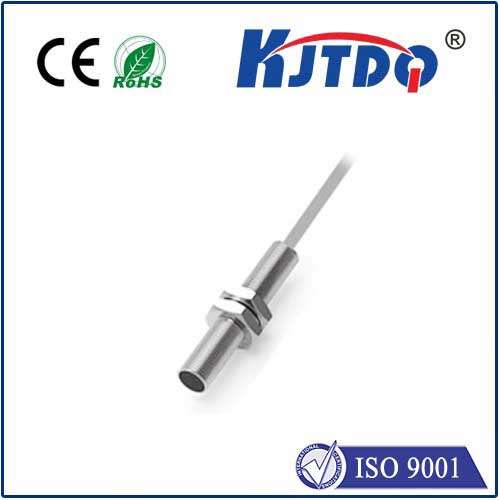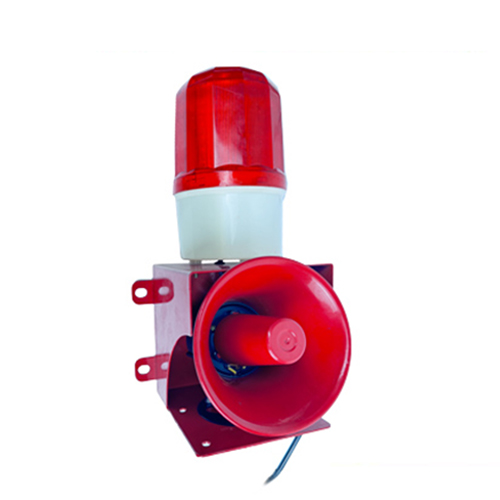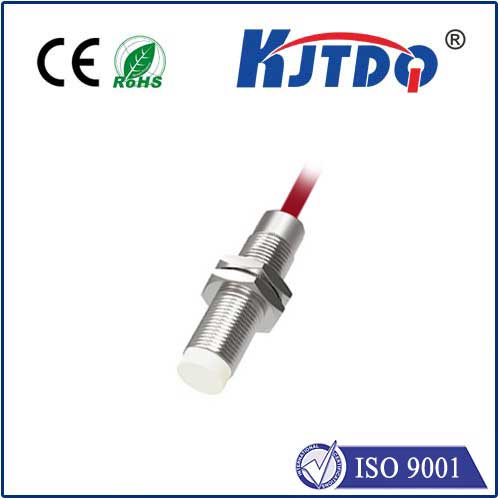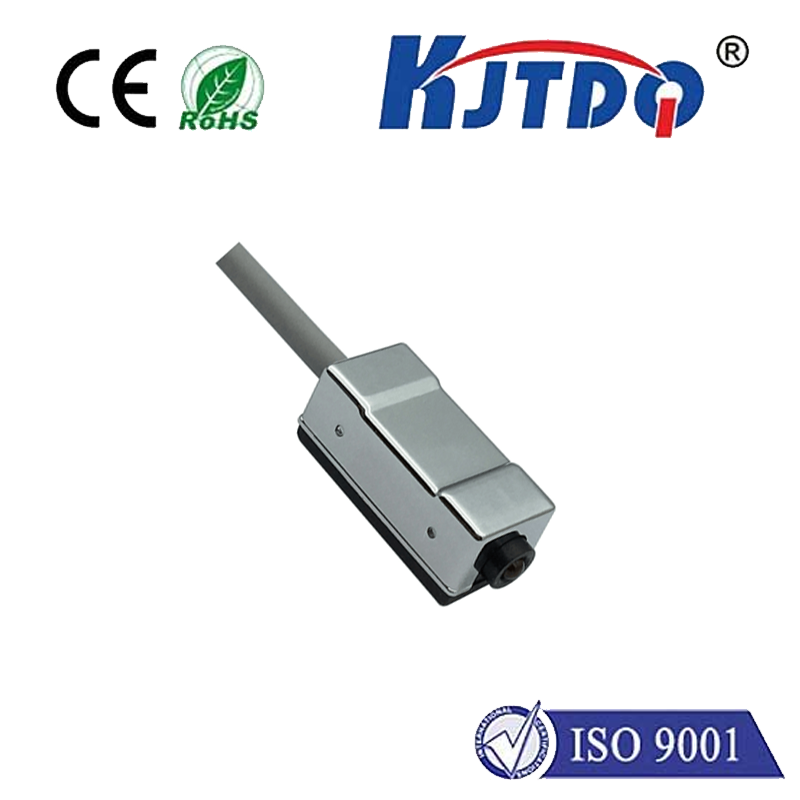pcb pressure sensor
- time:2025-08-20 01:16:02
- Нажмите:0
PCB Pressure Sensors: The Compact Powerhouse Driving Smart System Performance
Imagine a tiny, unassuming component embedded deep within the electronic heart of a device, silently but constantly monitoring the invisible push of gases or liquids. This unsung hero, the PCB pressure sensor, is revolutionizing how machines perceive and interact with their environment. Forget cumbersome external setups; these sensors are designed to live directly on the Printed Circuit Board (PCB), becoming an inseparable part of the device’s electronic nervous system. This fundamental shift unlocks a world of possibilities for miniature pressure sensing, smarter diagnostics, and highly integrated control systems.
What Exactly is a PCB Pressure Sensor?
At its core, a PCB pressure sensor is a device that translates physical pressure applied to its sensing element into an electrical signal directly compatible with the circuitry on the PCB. Unlike traditional sensors requiring bulky housings and complex external wiring, these units are specifically engineered for surface mounting (SMD) or through-hole mounting directly onto the board itself. The sensor element, often a micro-machined silicon diaphragm (MEMS technology being common), is encapsulated within a compact package suitable for automated assembly.
The resulting electrical signal (analog voltage, current, or increasingly common, digital output like I2C/SPI) travels mere millimeters before being conditioned and processed by adjacent amplifiers, microcontrollers, or ASICs on the same board. This intimate proximity minimizes noise, signal degradation, and wiring complexity, forming a seamless pressure-sensing subsystem.

Unlocking the Critical Advantages: Why Choose PCB Pressure?
The integration of the pressure sensor directly onto the PCB offers compelling benefits that make it the preferred choice in countless modern applications:
- Miniaturization Mastery: This is arguably the most significant advantage. PCBs are inherently space-constrained environments. PCB-mounted sensors are incredibly small and low-profile, enabling pressure sensing in applications like wearables, handheld diagnostic tools, hearing aids, and dense control boards where external sensors are physically impossible.
- Simplified Integration & Reduced Costs: By eliminating the need for separate housings, complex fluidic/gas connections, and lengthy wiring harnesses, PCB pressure sensors drastically reduce assembly time, part count, and potential points of failure. This translates directly to lower system-level BoM costs and simplified assembly processes, particularly beneficial for high-volume manufacturing.
- Enhanced Signal Integrity & Reliability: The extremely short signal paths minimize electrical noise pickup and signal loss. Connections are solder joints, inherently more reliable than crimped or screw-terminal connections prone to vibration loosening or corrosion over time. This leads to more accurate, stable readings and higher system reliability.
- Optimized System Performance: Direct on-board sensing enables faster response times due to minimal signal path delay. Integration allows for immediate local signal processing (e.g., filtering, calibration compensation), freeing up the main processor and enabling real-time closed-loop control based on pressure feedback. This is critical in applications like medical ventilators, precision dispensing, or dynamic pressure regulation.
- Design Flexibility: Manufacturers offer PCB pressure sensors with various pressure ranges (from a few mbar to several hundred bar), media compatibility options (dry air, gases, non-corrosive liquids), and diverse output signals. This allows engineers to select the optimal sensor specifically tailored to their board’s requirements and the application’s environment. The availability of digital output sensors further simplifies integration into digital control architectures.
Where Do PCB Pressure Sensors Make Their Mark?
The applications for these compact workhorses are vast and growing:
- Medical & Healthcare: Portable ventilators, infusion pumps, CPAP machines, blood pressure monitors (especially module-level), diagnostic spirometers, wearable drug delivery patches. Their small size and reliability are paramount for patient safety and device portability.
- Промышленная автоматизация: Process control modules, predictive maintenance sensors, HVAC system controllers (air flow/pressure), leak detection in pneumatic/hydraulic systems, filter monitoring. Integration allows for embedding intelligence directly into machinery components.
- Consumer Electronics & Appliances: Smart inhalers, coffee machines (pump/brew pressure), washing machines (level/pump pressure), robot vacuum cleaners (suction monitoring), water purifiers. Enables smarter features and diagnostics in compact consumer devices.
- Automotive & Transportation: Tire Pressure Monitoring Systems (TPMS modules), engine management sensors (e.g., intake manifold pressure - though often remote mounted, but connected directly to ECU PCB), brake booster pressure monitoring. Requires robustness within harsh environments.
- Aerospace & Drones: Altitude sensing in compact avionics, cabin pressure monitoring, fuel system pressure. Lightweight and reliable integration is key.
- HVAC & Environmental Controls: VAV controllers, duct pressure sensors, filter clog indicators. Directly integrated into building management system panels.
Selecting the Right PCB Pressure Sensor: Key Considerations
Choosing the optimal sensor requires careful analysis of several factors:
- Pressure Range & Type: Absolute, gauge, or differential pressure? What are the required min and max operating pressures? Include a safety margin.
- Media Compatibility: What gas or liquid will contact the sensor? Is it corrosive, viscous, or particulated? Material (stainless steel, ceramic, silicon, specialized gels) and isolation diaphragm choice are critical for longevity.
- Environmental Requirements: Operating and storage temperature range? Exposure to humidity, water ingress (IP rating), chemicals, vibration, shock? Robust packaging and appropriate sealing are essential.
- Output Signal: Analog voltage/current, ratiometric output, or digital (I2C, SPI, PWM)? Digital outputs simplify integration but may have higher power consumption. Match it to the ADC or microcontroller input requirements on your PCB.
- Accuracy & Stability: Required overall accuracy (%F.S. - Full Scale)? Long-term stability requirements? Understanding temperature coefficients of offset (TCO) and sensitivity (TCS) is vital for uncompensated sensors.
- Supply Voltage & Power Consumption: The sensor must operate reliably within the board’s available voltage rails. Power draw is critical for battery-operated devices.
- Size & Footprint: Does the sensor physically fit the allocated space on your PCB? Consider height constraints too.
- Compliance & Certifications: Are industry-specific certifications needed (e.g., medical: ISO 13485, IEC 60601; automotive: AEC-Q100; industrial: ATEX/IECEx for hazardous areas)?
Ensuring Optimal Performance: Installation and Integration
Proper handling and board-level implementation are crucial:
- ESD Precautions: These are sensitive electronic components. Always adhere to strict Electrostatic Discharge (ESD) protocols during handling and assembly.
- Soldering Guidelines: Follow the manufacturer’s recommended soldering profile (temperature, time). Avoid excessive thermal stress or mechanical force on the sensor body.
- Stress Mitigation: Mechanical stress on the PCB can induce error signals (offset shift) in the pressure sensor. Design the board layout and mounting to minimize board flex near the sensor. Consider using compliant mounting pins or isolating cutouts where necessary.
- Signal Conditioning & Calibration: While many sensors offer compensated outputs, some designs may require on-board signal conditioning (amplification, filtering) or calibration routines. Digital sensors often have calibration coefficients stored internally. Factor this into your system design and test procedures.
- Protective Coatings (Conformal Coating): If the sensor is exposed to harsh environments, ensure any conformal coating applied to the PCB is compatible with the sensor’s housing material and prevents moisture ingress without blocking the pressure port.
PCB pressure sensors represent a remarkable fusion of microengineering and practical electronics integration. Their ability to provide reliable, accurate pressure data while occupying minimal space and simplifying system architecture makes them indispensable tools. From enhancing the intelligence of everyday appliances to ensuring critical parameters in life-saving medical devices and robust industrial control systems, these miniature marvels continue to push the boundaries of what’s possible, proving that big performance truly can come in exceptionally small packages. Their evolution continues, promising even greater integration, smarter on-chip processing, and wider adoption across countless fields.

